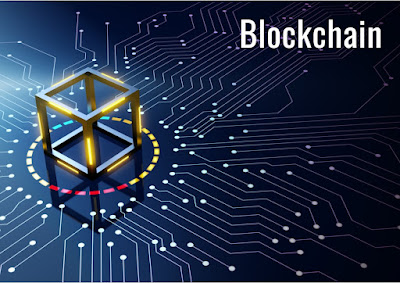The world of technology has been greatly impacted by Blockchain, and many businesses are eager to be a part of it. To make a Blockchain project successful, developers need to be proficient in the programming languages used in Blockchain development. In this article, we'll discuss the 5 most in-demand programming languages for Blockchain development, along with a brief overview and their pros and cons.
1. C++
C++, an extended version of the C language, is a widely used programming language in general and is also suitable for Blockchain development. There are two key features that make C++ one of the best programming languages for Blockchain.
The Blockchain technology needs to interact with untrusted nodes while still providing prompt service to all. To ensure the success of cryptocurrency, prompt service is crucial. C++ is ideal for this, thanks to its Dynamic Memory Allocation feature, which helps reduce CPU and memory usage.
Another feature of C++ that makes it suitable for Blockchain is multi-threading. This allows multiple activities to happen simultaneously at a faster pace, making fast transactions possible in Blockchain development.
However, C++ is also one of the most complex languages to learn and debug, and developers should have prior knowledge of lower-level programming languages before attempting to use C++.
2. Javascript
Javascript is a commonly used Blockchain programming language, and many IT companies are looking for developers who are familiar with its frameworks like ReactJS, NodeJS, and Vue.
Javascript is easy to learn and does not require a strong background in programming. In fact, most websites and applications you use are already running on Javascript.
Javascript is highly compatible with other programming languages, allowing developers to combine different languages by simply pasting codes into their Javascript script. This is particularly useful in Blockchain development where multiple languages are often used in a single application or system.
However, Javascript does not have advanced memory management features like C++.
3. Python
Python is another popular programming language for Blockchain development and is often used for developing smart contracts and crypto exchanges.
Python has a modern syntax that is similar to everyday English and allows developers to write fewer lines of code than other programming languages, making it time-efficient for complex projects.
Additionally, Python is equipped to handle Big Data and data analytics, making it a great option for developing Blockchain-based Big Data systems, which can turn verified data from big companies into valuable digital assets.
However, Python is slower than C++ and not ideal for memory-intensive tasks.
4. Solidity
Solidity is the newest programming language for Blockchain and was created by the Ethereum Network team specifically for developing smart contracts on Blockchain platforms.
Solidity has many similarities to older programming languages, particularly C++, making it easy for C++ developers to transition to Solidity.
Smart contracts developed in Solidity provide a secure, reliable, and easy medium for agreements between two parties.
However, Solidity is still a new language and has a limited community of developers, making it difficult to find assistance and debugging support.




0 comments:
Post a Comment